Mary Cassatt (1844-1926)
Get a Cassatt Certificate of Authenticity for your painting (COA) for your Cassatt drawing.
For all your Cassatt artworks you need a Certificate of Authenticity (COA) in order to sell, to insure or to donate for a tax deduction.
Getting a Cassatt Certificate of Authenticity (COA) is easy. Just send us photos and dimensions and tell us what you know about the origin or history of your Cassatt painting or drawing.
If you want to sell your Cassatt painting or drawing use our selling services. We offer Cassatt selling help, selling advice, private treaty sales and full brokerage.
We have been authenticating Cassatt and issuing certificates of authenticity since 2002. We are recognized Cassatt experts and Cassatt certified appraisers. We issue COAs and appraisals for all Cassatt artworks.
Our Cassatt paintings and drawings authentications are accepted and respected worldwide.
Each COA is backed by in-depth research and analysis authentication reports.
The Cassatt certificates of authenticity we issue are based on solid, reliable and fully referenced art investigations, authentication research, analytical work and forensic studies.
We are available to examine your Cassatt painting or drawing anywhere in the world.
You will generally receive your certificates of authenticity and authentication report within two weeks. Some complicated cases with difficult to research Cassatt paintings or drawings take longer.
Our clients include Cassatt collectors, investors, tax authorities, insurance adjusters, appraisers, valuers, auctioneers, Federal agencies and many law firms.
We perform Mary Cassatt art authentication, appraisal, certificates of authenticity (COA), analysis, research, scientific tests, full art authentications. We will help you sell your Mary Cassatt or we will sell it for you.
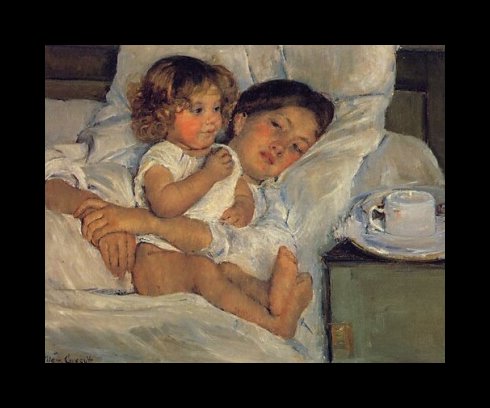

Mary Cassatt was born on May 22, 1844 in Pennsylvania to a wealthy family. Her father was a stockbroker, and her mother came from an upstanding, well-educated family. As a child, Mary traveled extensively to Europe and became fluent in German and French. In 1855, the Cassatt family returned home and settled in Philadelphia.
It was at age 15 that Mary made the decision to pursue a career in art. In 1861, she enrolled in the Pennsylvania Academy of the fine arts in Philadelphia. For four years, she pursued her studies independently while taking art courses. Unsatisfied with the quality of education she was receiving in the U.S., she became intent on studying in Europe—Paris more specifically. She did not have free reign as far as which school to attend since some did not accept women, so she took private lessons and studied for a short time in the studio of Charles Chaplin. She also registered as a copyist at the Louvre. In 1968, the Salon exhibited her paintings for the first time.

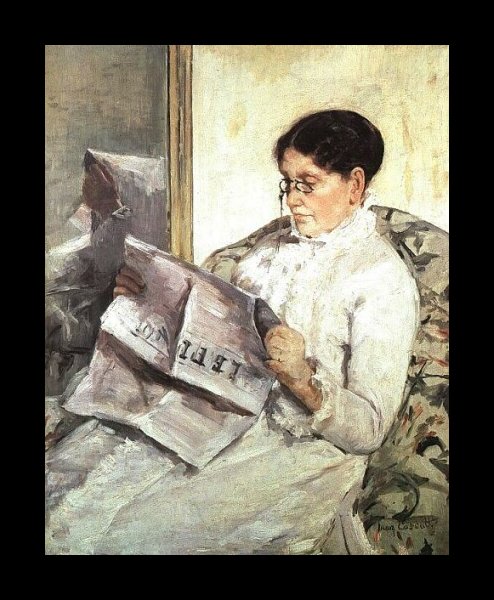
In 1870, war caused Cassatt to return to the US for more than a year. She was so disillusioned by the negative atmosphere that she rarely painted during this time. She then returned to Europe and eventually went on to Spain where she painted works dealing with Spanish subjects.
Continuing her travels, Mary visited Holland and Belgium before traveling back to Rome. She finally made the decision to settle in Paris where she secured a studio and apartment with her sister Lydia. Lydia became a model for Mary, and more than ten of Mary’s known works display images of her sister. In 1882, Lydia’s death devastated Mary.
Shortly after her sister’s death, Cassatt had established herself as a successful portrait painter. Her work was especially popular with Americans who visited France. Perhaps this is the reason that some of her undiscovered portraits may be in the United States. Her portraits were different from traditional ones in that her subjects were not frozen in a carefully arranged pose. Many of them were moving, doing an activity, or very casually posed.
Mary’s career took a turn when she met Degas in 1877. He urged her to join the Impressionists, and she enthusiastically agreed, attracted to the freedom this would bring to her work. Mary is quoted as saying, “I took leave of conventional art. I began to live.” From then on, Mary’s paintings bear the influences of painters like Degas and Renoir.
The Impressionists held yearly exhibitions, giving Mary an opportunity to display her paintings. Because of her great following in the US, she also exhibited regularly in New York. Some of her most popular works from this time are mother and child scenes.

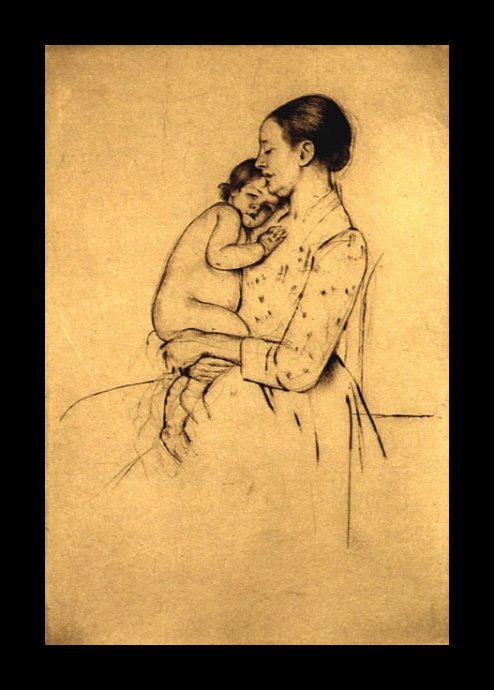
After 25 years of being away from the US, Mary returned in 1898 to personally visit friends and art collectors. 1908 was her final trip to the United States. Her final years were sad ones. She lost many relatives and friends, and she became very ill. One of her many ailments was diabetes. Because of the disease, she developed cataracts on each eye that nearly blinded her. Eventually, she had to give up painting entirely. Mary Cassatt died in 1926.
The majority of her paintings can be found in American collections. A few remain in France where she worked. Although Cassatt isn’t as highly recognized as peers like Degas or Renoir, it’s undeniable that she is just as talented as the male painters of her time.
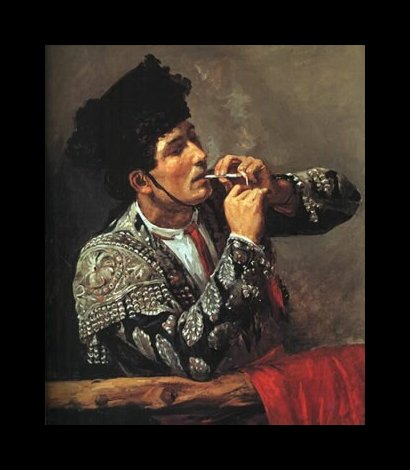
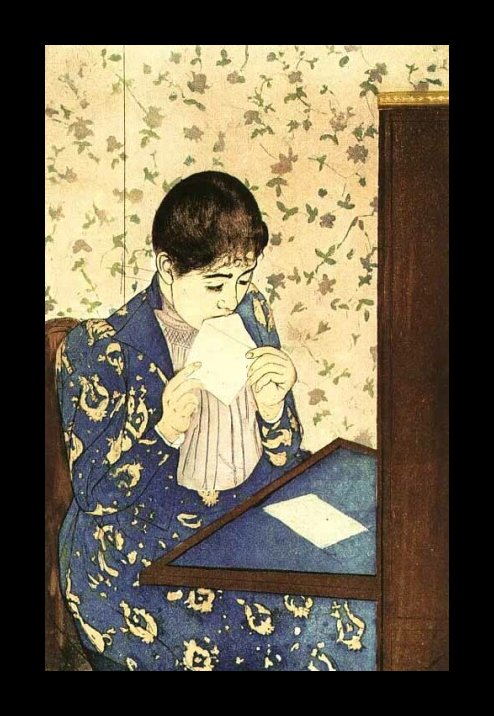

If you believe you own a work of art by Mary Cassatt, contact Art Certification Experts. We authenticate, appraise, research and provide Certificates of Authenticity (COA's) for works by Mary Cassatt.
Reviews
1,217 global ratings
5 Star
4 Star
3 Star
2 Star
1 Star
Your evaluation is very important to us. Thank you.
